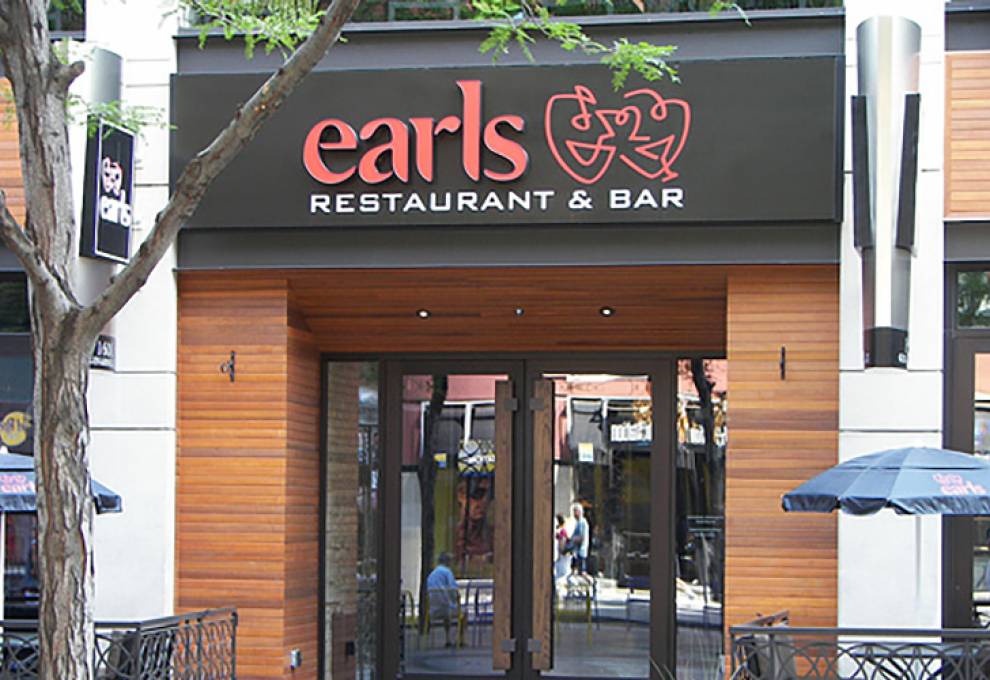
The uproar lately over what constitutes humane livestock production serves as a reminder to all producers, regardless of the commodity: know your allies, and never take your partnership with them for granted.
Earlier this spring, in western Canada, a popular restaurant chain called Earls Restaurants announced with great pride and fanfare that it was going to feature only beef that was raised according to certified humane standards.
This was, of course, a marketing move. Earls, which has its roots in western Canada, has been around for decades and has long sourced its beef from farmers there. True, the more research we do, the more we learn about important matters such as animal welfare, the root of humane production.
But for most producers, this dark cloud over conventional production has blown up quickly. It’s an affront to many livestock producers who believe their animals are already humanely raised, and don’t they need certification to prove it.
And as if this wasn’t bad enough, Earls rubbed salt in the wound of Canadian producers by saying it would source this humanely produced beef only from the U.S. It said it tried to get a consistent supply from Canada, but couldn’t.
A flurry of social media protests followed. Earls ultimately declared it had made a mistake, and would work harder with western Canadian producers to develop a supply.
But all this only happened because there was so much backlash. Initially, Earls was much more concerned about its public appearance and the opportunity to seize on consumers’ growing confusion over food production practices, than it was supporting western Canadian farmers – its long-time allies, whose homegrown commodities helped it get off the ground in the first place and enjoy many profitable years. It turns out producers didn’t know Earls at all.
Farmers must pay attention to this development. Food companies are now competing on measures such as animal welfare, associating it directly with quality and consumer consciousness.
This will draw into question farmers’ existing standards -- which, by implication, are inadequate.
Pork producer Vincent Breton sensed this coming decades ago. He’s a Canadian pioneer in certified humane production, the third generation of a very successful pork-producing family. His duBreton brand operation (of which he is now president) has grown to include 550 employees. But it wasn’t always that way. Through the 1970s and 1980s, as pig farms as a whole were growing, duBreton needed a new way to compete or risk getting swallowed up or stomped on. Ultimately, that led the family to organic production, certified humane production and a network of 200 producer farms across Quebec and Ontario.
Change is usually not so radical. But regardless, Breton’s message is a salient one not just for livestock producers, but for anyone trying to keep pace with consumers’ changing preferences. Companies need to differentiate themselves…that is, know your allies. When you embark on a new venture – be it organic, point of origin, or whatever – know who is sharing the risk. Your suppliers? Processors? Retailers? Everyone wants different, which is assumed to be better, as well. But you’re the one being charged with making it so. Who do you consider to be a true teammate in the drive towards different and better fruit and vegetables?
Ultimately, says Breton, look to consumers for guidance.
“That’s been the thing that worked for us,” he says.
No doubt, consumers want safe, nutritious, wholesome food. On its website, Breton says the “instruction manual” for certified humane production is simple: “nature.” Consumers who accept that explanation are not asking tough questions – but on the other hand, maybe that’s all the simple messaging they want, or need, to let a product through the door. After that come the hard questions – and as Earls found out, the answers need a lot of thought.

Add new comment